Distributed Energy Resource Management System Size
Distributed Energy Resource Management System Market Growth Projections and Opportunities
The Distributed Energy Resource Management System (DERMS) market is influenced by various market factors that play a crucial role in shaping its dynamics. One of the primary drivers of this market is the increasing adoption of renewable energy sources, such as solar and wind, to meet the growing global energy demand while reducing carbon emissions. As governments and organizations worldwide focus on sustainability goals, the integration of distributed energy resources (DERs) becomes imperative, leading to a surge in demand for DERMS.
Additionally, the advancement in technology and the rise of smart grid initiatives contribute significantly to the growth of the DERMS market. The increasing complexity of managing diverse energy sources requires sophisticated solutions, and DERMS plays a pivotal role in optimizing the operation and coordination of these distributed resources. The integration of advanced analytics, artificial intelligence, and machine learning algorithms within DERMS enhances its capabilities to predict, analyze, and respond to changes in energy production and consumption patterns.
Moreover, the evolving regulatory landscape also plays a pivotal role in shaping the DERMS market. Governments across the globe are implementing policies and regulations to promote the integration of renewable energy and ensure grid stability. Incentives, subsidies, and mandates for renewable energy deployment drive investments in DERMS solutions. Regulatory frameworks that support grid modernization and decentralized energy systems create a conducive environment for the growth of the DERMS market.
The resilience and reliability offered by DERMS during grid disruptions contribute to its market growth. As extreme weather events and other unforeseen challenges become more frequent, the ability of DERMS to provide grid support, manage power fluctuations, and ensure energy resilience becomes increasingly valuable. This capability attracts utilities, industries, and communities to invest in DERMS as a strategic tool for enhancing energy security and reliability.
Furthermore, the increasing focus on energy efficiency and cost savings accelerates the adoption of DERMS. Businesses and consumers are keen on optimizing their energy consumption and reducing operational costs. DERMS enables effective demand response, peak shaving, and load balancing, helping users manage their energy usage more efficiently. The potential for cost savings and improved energy efficiency acts as a compelling factor driving the DERMS market.
On the flip side, challenges such as interoperability issues, cybersecurity concerns, and the high initial cost of deployment can hinder the DERMS market's growth. Standardization efforts, increased awareness, and advancements in cybersecurity measures are essential to overcome these challenges.
The Distributed Energy Resource Management System market is shaped by a combination of factors, including the global push towards renewable energy, technological advancements, regulatory support, grid resilience needs, and a growing emphasis on energy efficiency. As the world transitions towards a more sustainable and decentralized energy landscape, the DERMS market is poised to play a pivotal role in ensuring the effective integration and management of distributed energy resources.




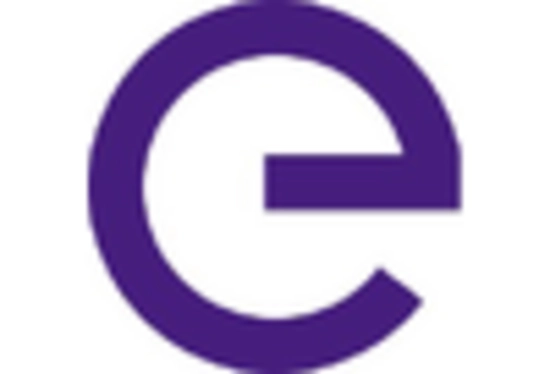
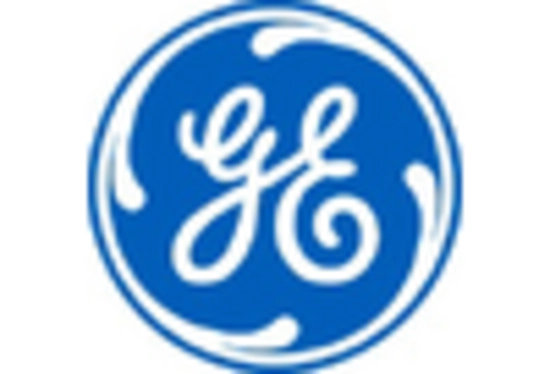

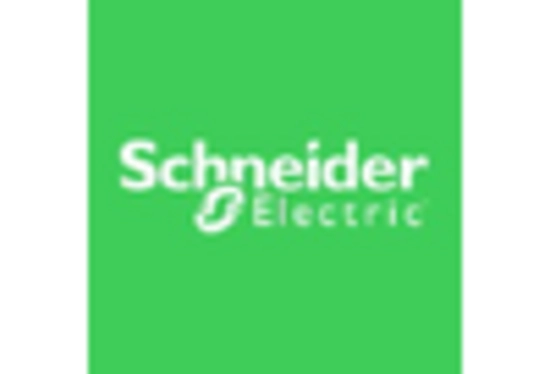
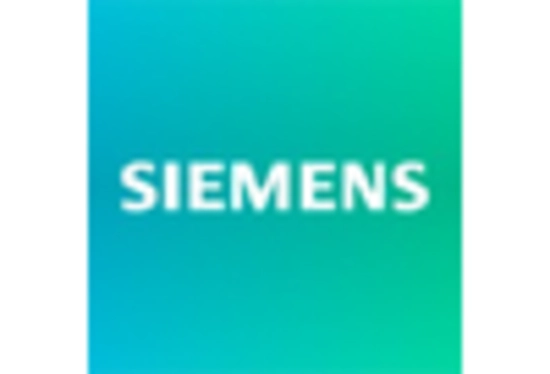
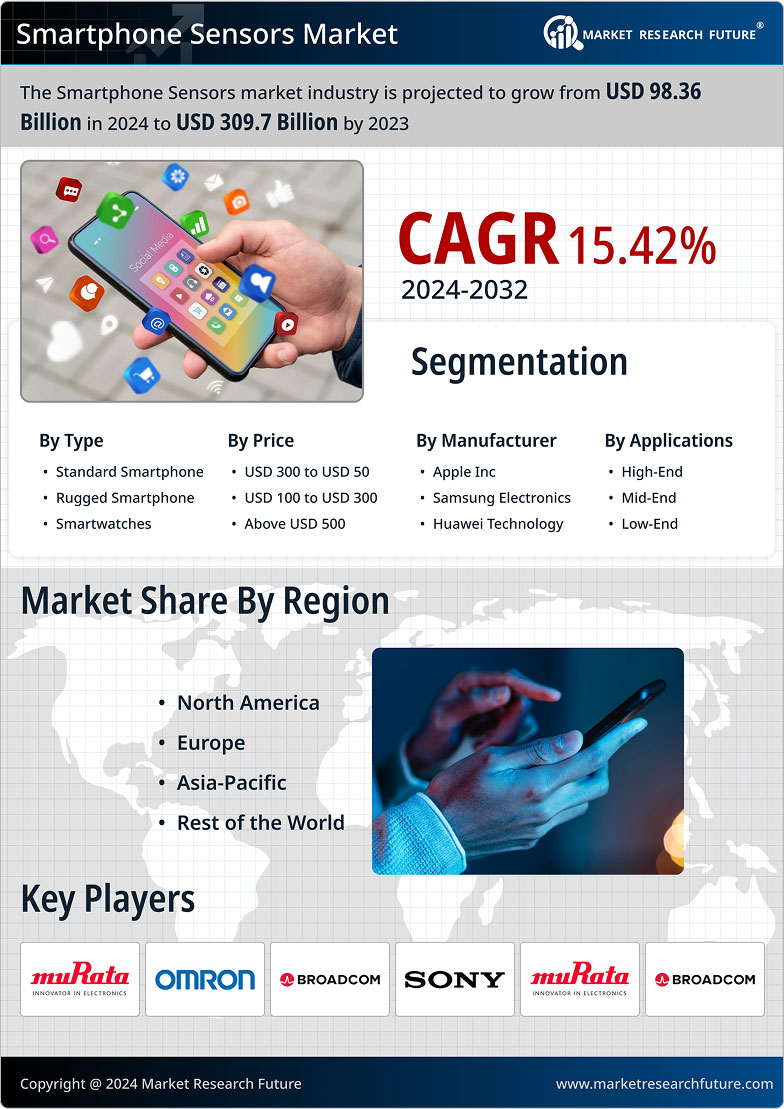








Leave a Comment